Inside Woolies’ fancy new stores
WOOLWORTHS will radically overhaul its stores in the coming year as it moves to rebuild. Here’s what they look like.
NEW trolleys, an overhauled ticketing system, faster checkout machines and more staff on Sundays — Woolworths boss Brad Banducci is staring down a mountain of red ink and focusing on the basics.
On top of the company-wide improvements, Woolworths will radically overhaul more than 100 stores in the coming year as it begins the slow process of righting the ship following its eye-watering $1.235 billion full-year loss — the first in its 23 years as a public company.
The nation’s largest supermarket on Thursday confirmed the result, driven by $2.628 billion of writedowns related to its ongoing exit from the hardware sector and its underperforming Big W stores.
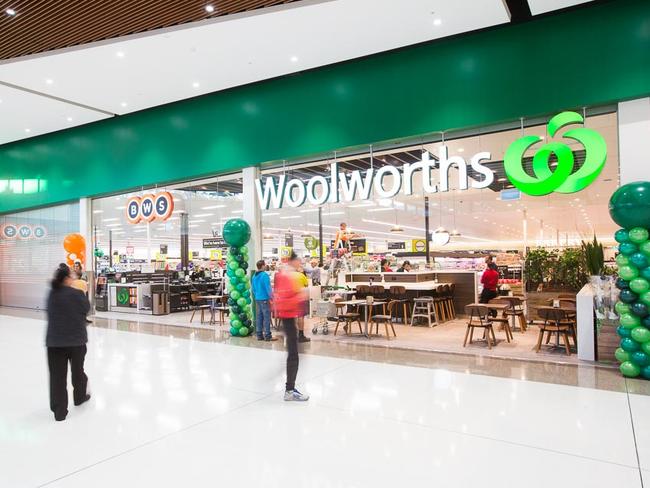
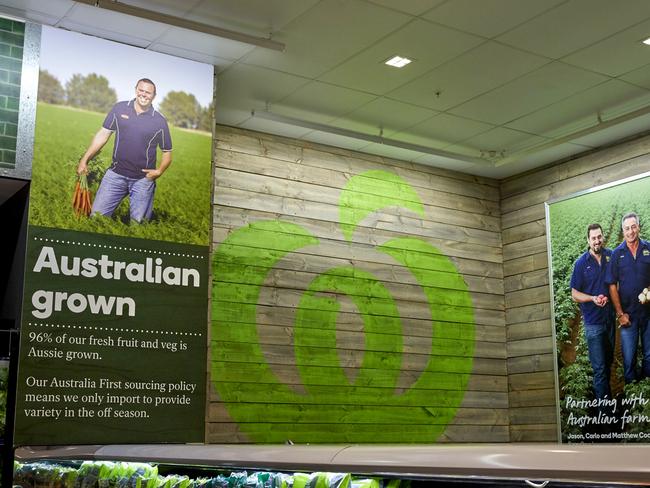
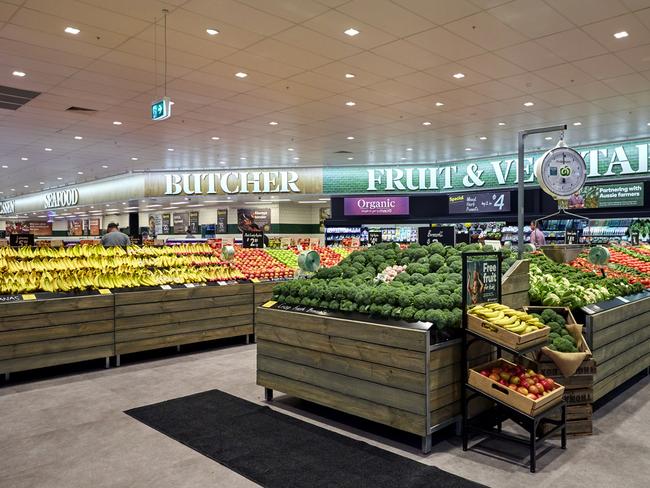
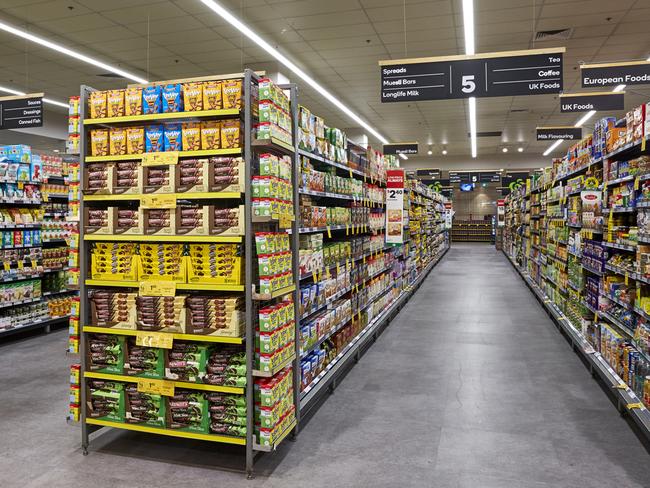
But earnings from food and petrol also dropped 40.8 per cent to $1.76 billion, from $2.97 billion in the previous year, due to lower prices and a decline in items per basket. Woolworths spent $500 million in FY16 on lowering prices, bringing its total price investment to more than $1 billion since 2015.
Woolworths’ comparable sales fell 1.1 per cent in the three months to June 30. Despite being its best result of the year, it still marked the 28th straight quarter the nation’s biggest supermarket has been beaten by Coles, which yesterday reported 4.1 per cent sales growth in the same period.
Speaking to analysts following the announcement, Woolworths group chief executive Brad Banducci, who on Thursday marked six months in the role, said the retailer had started to see “momentum” in sales and customer satisfaction towards the end of the year.
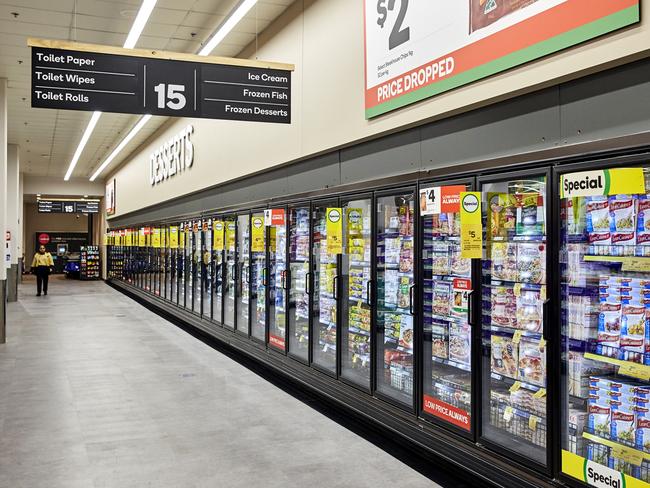
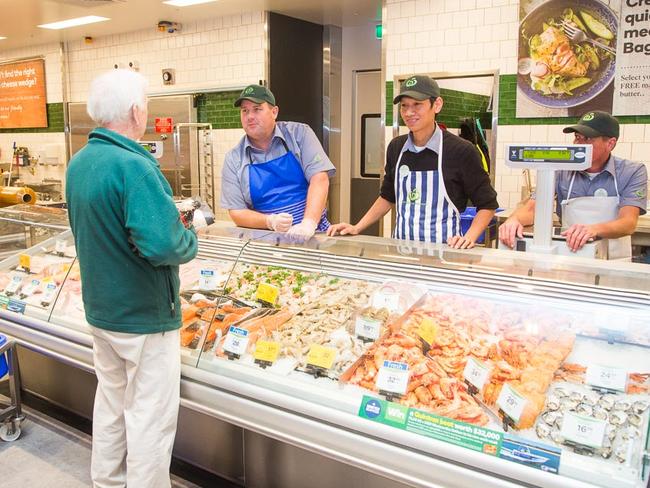
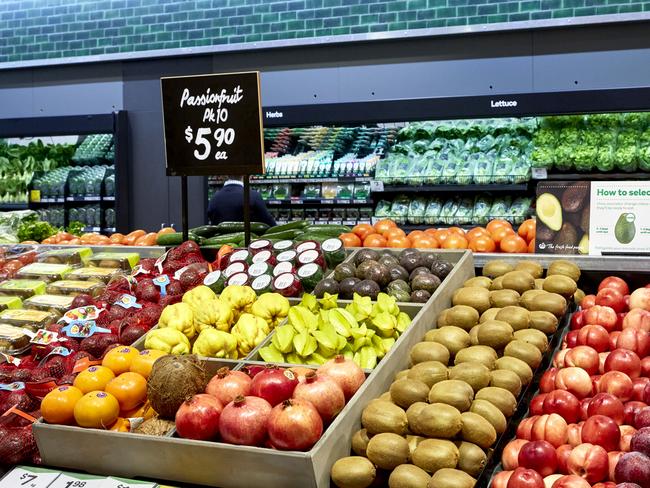
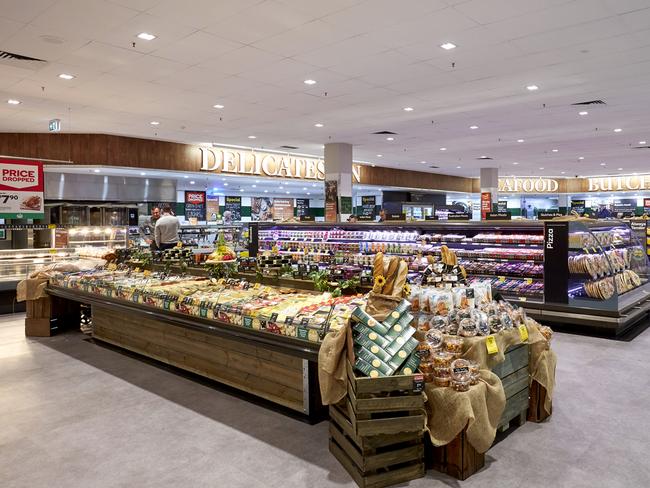
“We have made some very material investments back into our food business to focus on our customers and get them to put us first,” he said. “In the last quarter we started to see customers really start noticing those investments and act on them in a positive way.”
He said sales had increased around 9 per cent in the six new-look “renewal” stores opened in June, and Woolworths plans to have 80 locations in the new style — 20 new and 60 refreshed — and 50 with front-of-store upgrades this financial year.
“Every one of the six has slightly different elements within it,” he said. “We’re going to pull together elements from the current six [and] we’re taking learnings from New Zealand and [will be] cherry picking the best of what we’ve seen in US retailers.”
The new stores have wider aisles at a “breezy” 2.1m, a redesigned “open” entrance which allows customers to see the entire store from the front, more space around checkout areas, better lighting and signage, as well as revamped bakery, fresh produce, meat and deli sections.
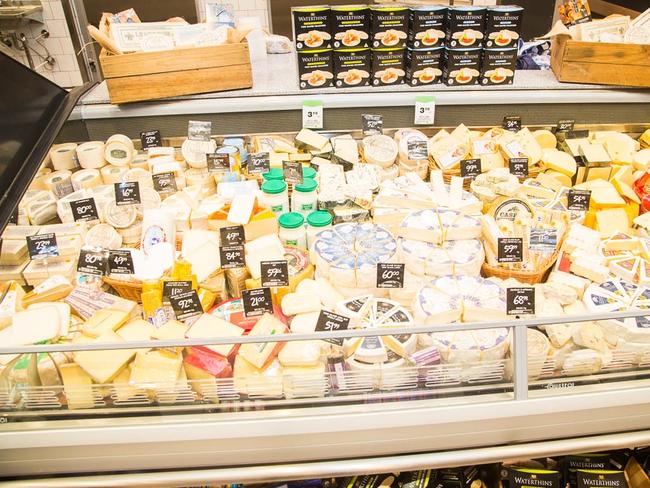
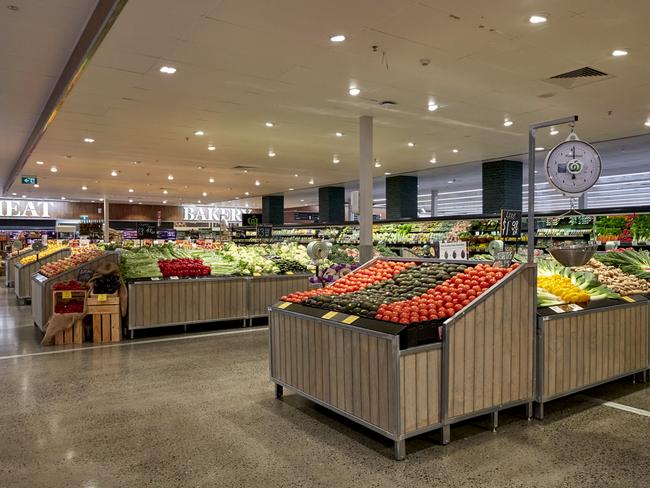
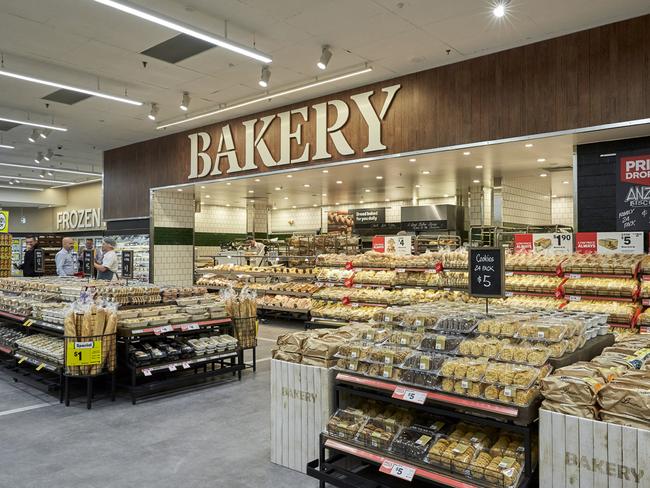
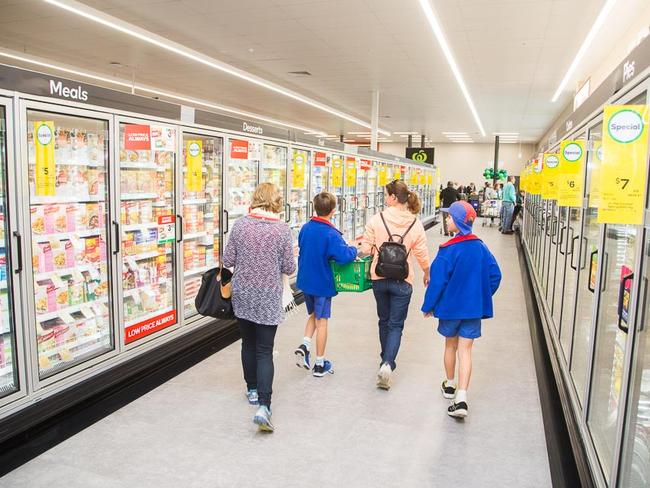
“We’re still a long way to go, but the feedback of out of the six renewals has been fantastic,” Mr Banducci said. “The team, their attitude, it’s almost like a new business — lights, action, let’s go.
“We really get a pop in fresh — fresh is where you can add a bit of theatre and excitement. The most important thing about the six renewals is we’ve done one in every state, because we want everyone to be part of our journey.”
Woolworths says customer satisfaction at the six trial stores increased 14 per cent.
“We’re not happy [with the cost of the refurbishments] yet, but a lot of this is R&D,” Mr Banducci said. “We are overspending and dare I say at this stage deliberately to know where the trade-off or inflection point is. What we never did was push the boat out far enough.”
On top of lowering prices, Mr Banducci said Woolworths had invested more staff hours into weekends, where Sunday was now “jostling” with Saturday as the biggest trading day of the week.
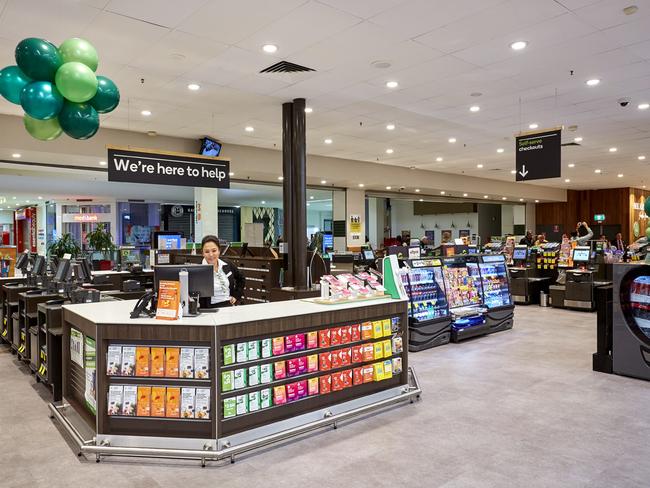
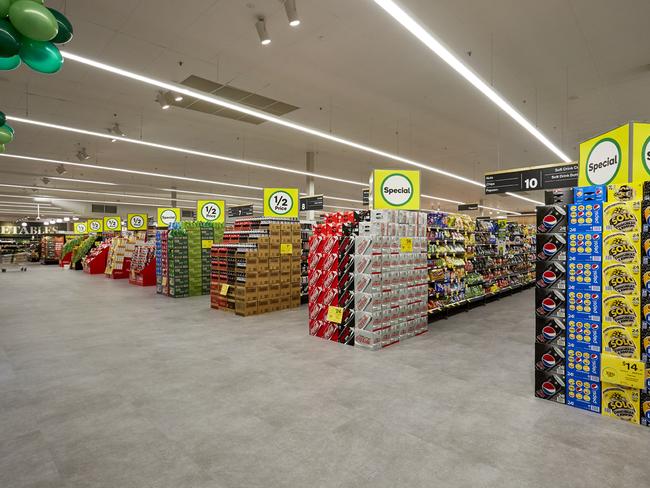
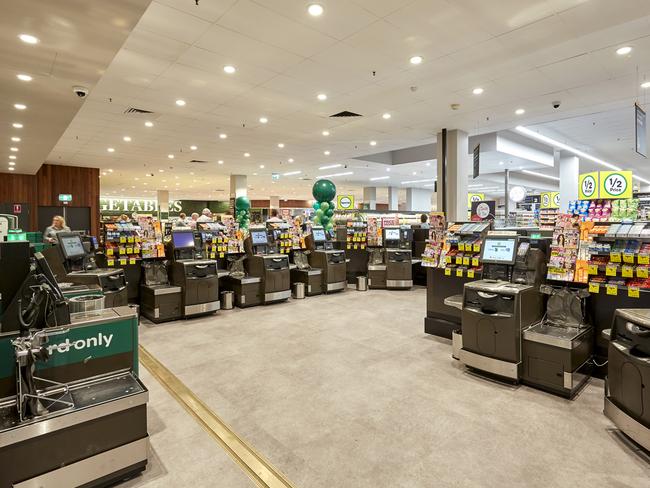
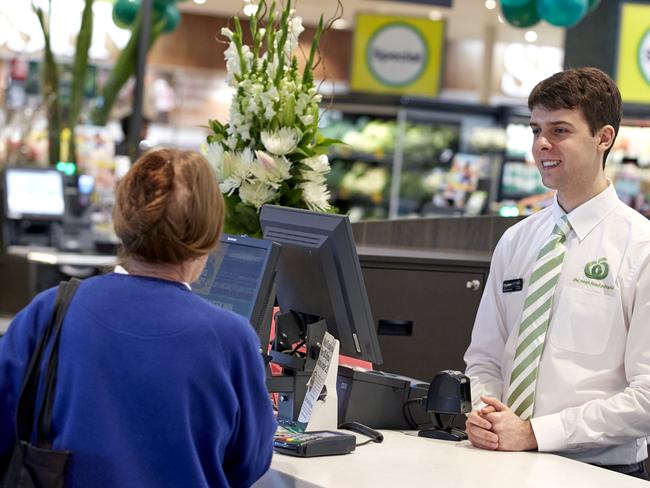
He said other investments, which “as analysts you might not feel are important but are incredibly important to our customers”, include an overhauled ticketing system, new trolleys in 230 stores and a reduction in queue wait times.
“All of those things I think are fundamentals of running a good food business,” he said.
Priorities for the coming year include improving store ranges to “get the right products on shelves”, and replacing ageing checkout machines. “All our stores have enormous technology improvement opportunities,” he said. “We were the first into [self-service check-outs], and they’re slow.”
And as part of Mr Banducci’s management overhaul of the company, which has seen 500 support office and supply chain roles permanently removed, and 1000 roles moved back into stores, all new employees get the “Woolies welcome”.
“No matter who you are or what part of the business you join, you spend your first week working in-store,” he said.




